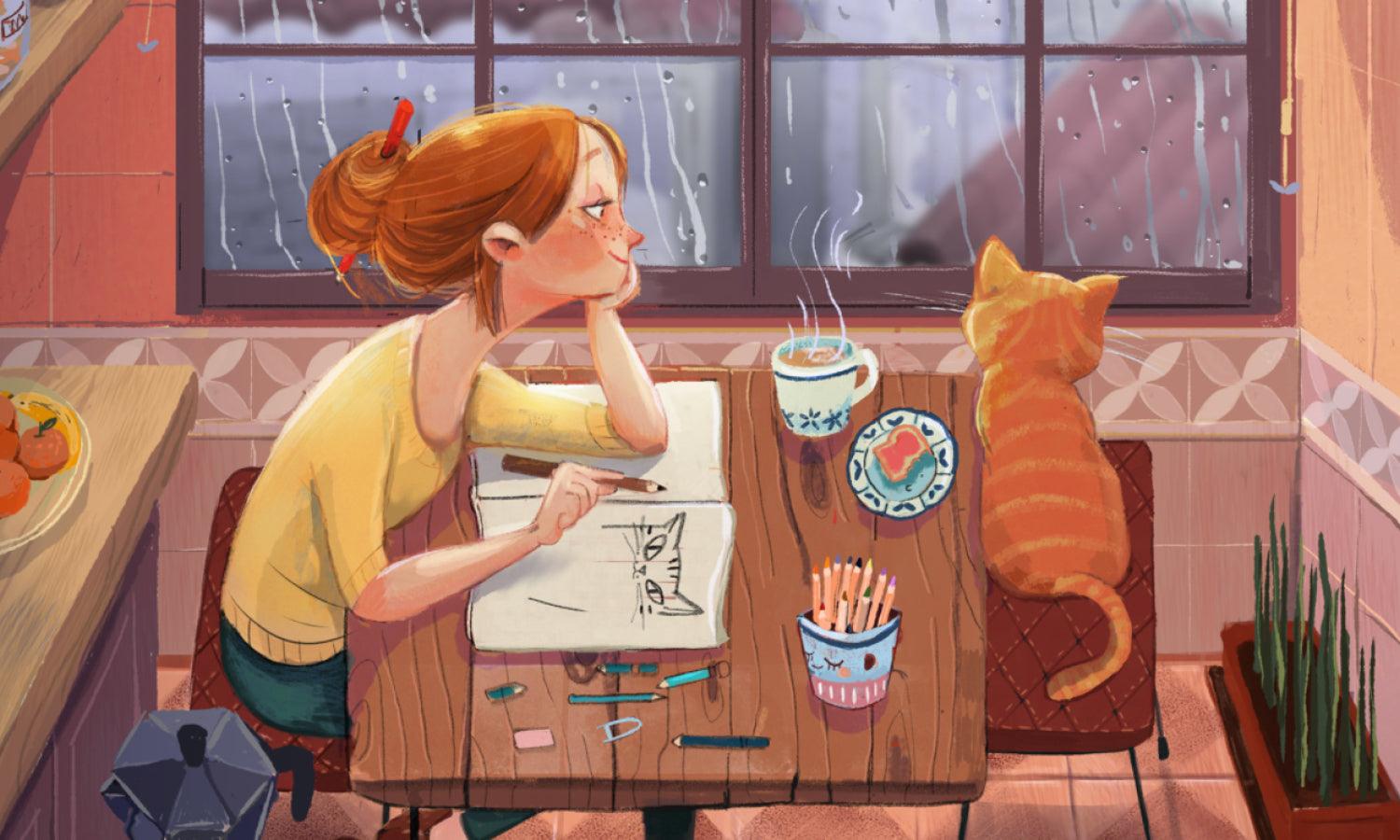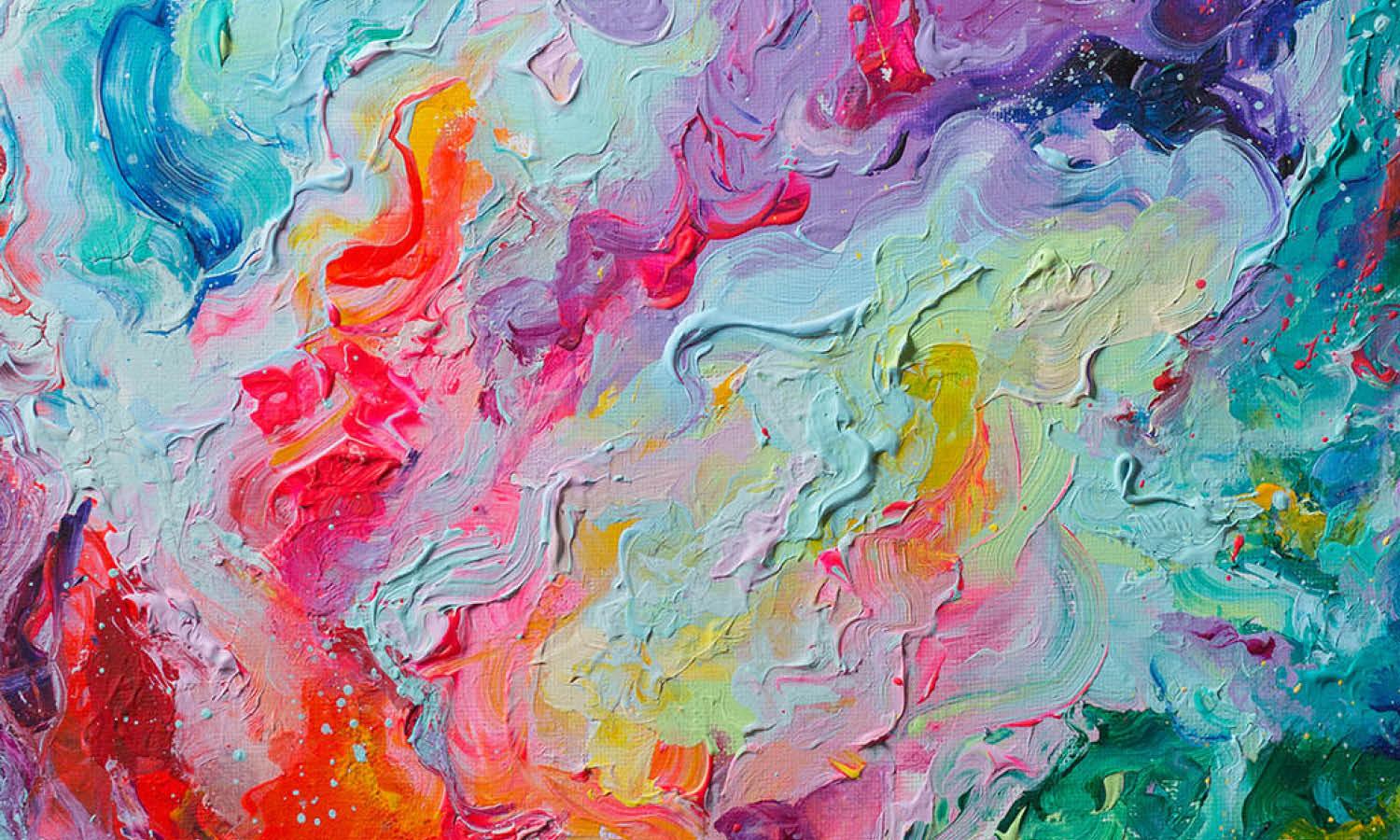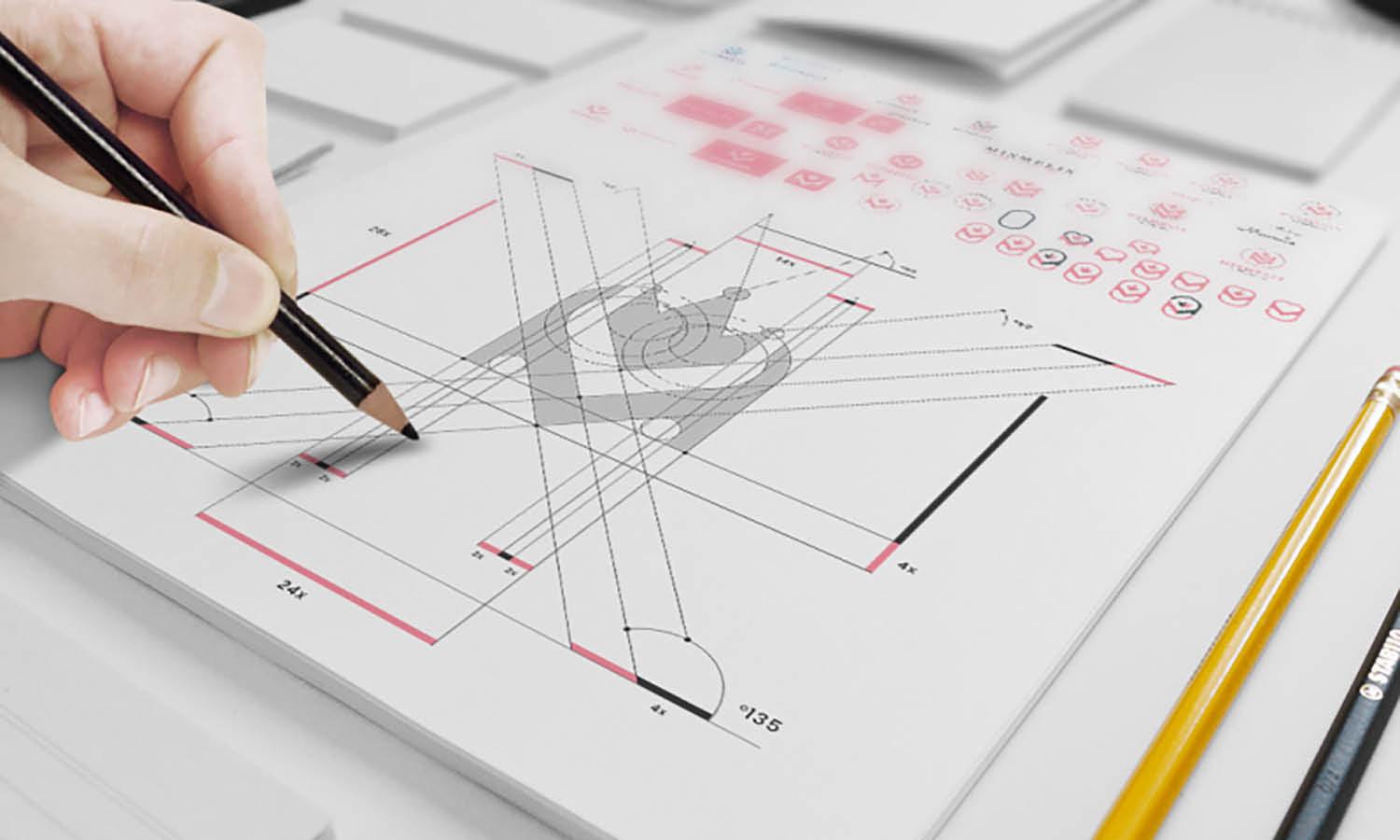National Gallery of Australia, Canberra | Art Museum Guide

Source: Thennicke, National Gallery of Australia, Wikipedia, https://en.wikipedia.org/wiki/File:National_Gallery_from_SW,_Canberra_Australia.jpg
The National Gallery of Australia, Canberra, stands as a cultural landmark and one of the most significant art museums in the Southern Hemisphere. Established in 1982, this esteemed institution is dedicated to collecting, preserving, and showcasing art from Australia and around the globe. Its location in the nation’s capital positions it at the heart of the country’s artistic and cultural life, making it a must-visit destination for locals and tourists alike.
The art museum’s expansive collection includes more than 155,000 works, offering a comprehensive view of artistic expression through different eras and regions. Visitors can explore Australian art from colonial times to the present, with an especially rich representation of Aboriginal and Torres Strait Islander art, reflecting the depth and diversity of the nation’s First Peoples. The gallery also houses an impressive range of international works, including Asian, European, and American art, alongside photography, sculpture, and decorative arts.
Set against the scenic backdrop of Lake Burley Griffin, the museum’s modernist architecture is complemented by its renowned Sculpture Garden. The National Gallery of Australia, Canberra, is more than an exhibition space—it is a hub for cultural engagement, education, and artistic inspiration for visitors of all ages.
Prime Location In Canberra
The National Gallery of Australia, Canberra, enjoys a prime location that enhances its appeal as a major cultural destination. Situated within the Parliamentary Triangle, the art museum is surrounded by some of the nation’s most important institutions, including the National Library of Australia, the High Court of Australia, and the Australian Parliament House. This central positioning makes it easily accessible for visitors exploring Canberra’s political and cultural heart.
The gallery sits adjacent to the picturesque Lake Burley Griffin, offering scenic views that enhance the overall visitor experience. Its proximity to landscaped gardens and open green spaces creates a tranquil setting, ideal for combining an art-focused visit with leisurely outdoor walks. The nearby Kings Avenue Bridge provides convenient connections to other parts of the city, making travel to the museum straightforward for both locals and tourists.
Public transport options, including bus routes and cycling paths, connect directly to the museum’s location, while on-site parking offers convenience for those arriving by car. The area’s pedestrian-friendly design also encourages walking between nearby attractions. The National Gallery of Australia, Canberra, benefits from being part of a larger cultural hub, allowing visitors to immerse themselves in multiple enriching experiences within a single day.
Architectural Significance
The National Gallery of Australia, Canberra, stands as a striking example of modernist architectural design, reflecting the cultural ambition of the nation in the late 20th century. Designed by architect Colin Madigan of Edwards Madigan Torzillo and Briggs, the building was completed in 1982 and is characterized by its bold geometric forms and robust concrete construction. The design emphasizes clean lines, open interior spaces, and a functional layout that serves both the display of art and the comfort of visitors.
One of the most notable features of the art museum is its interplay between interior galleries and exterior environments. The building integrates natural light through carefully positioned skylights, enhancing the presentation of artworks while maintaining conservation standards. Its connection to the surrounding landscape is further reinforced by the Sculpture Garden, which seamlessly extends the museum’s artistic experience into the outdoors.
The gallery’s architectural design was intended to symbolize the strength and permanence of Australia’s cultural heritage. The monumental use of concrete, combined with subtle detailing, gives the structure both presence and elegance. Renovations and extensions over the years have respected the original vision while incorporating modern amenities. The National Gallery of Australia, Canberra, remains a prominent architectural landmark, embodying the harmony of art, design, and place.
Extensive Australian Art Collection
The National Gallery of Australia, Canberra, is home to one of the most comprehensive collections of Australian art in the country. This art museum presents a visual journey through the nation’s artistic evolution, from early colonial works to cutting-edge contemporary pieces. The collection showcases a wide range of mediums, including painting, sculpture, photography, and decorative arts, offering an in-depth look at Australia’s cultural identity.
Visitors can explore works by celebrated Australian artists such as Tom Roberts, Arthur Streeton, Margaret Preston, and Sidney Nolan, whose contributions have shaped the nation’s art history. The collection also features key pieces from the Heidelberg School, which played a pivotal role in defining Australian landscape painting during the late 19th century.
Contemporary Australian art is equally well represented, with works that challenge, innovate, and reflect the diverse experiences of modern Australia. The gallery continually adds new acquisitions, ensuring the collection remains dynamic and relevant. Through carefully curated displays, the National Gallery of Australia, Canberra, highlights the interplay between historical and modern perspectives, providing visitors with a rich understanding of the country’s creative heritage.
Aboriginal And Torres Strait Islander Art
A defining strength of the National Gallery of Australia, Canberra, is its unparalleled collection of Aboriginal and Torres Strait Islander art. As one of the most significant holdings of its kind, the collection spans traditional works, ceremonial objects, and contemporary creations by Indigenous artists from across the country.
The art museum’s Indigenous collection serves as both a cultural record and a vibrant expression of living traditions. Visitors can see intricate bark paintings, woven textiles, and sculptures that convey ancestral stories and connections to Country. Many works feature symbolic motifs and patterns that hold deep spiritual meaning, offering insight into the cultural heritage of Australia’s First Peoples.
Contemporary Indigenous artists, such as Emily Kame Kngwarreye, Rover Thomas, and Judy Watson, are prominently represented, showcasing how traditional influences merge with modern techniques and global art dialogues. The gallery’s presentation emphasizes the diversity of Indigenous artistic expression, from desert art collectives to coastal communities.
By dedicating significant space and resources to Aboriginal and Torres Strait Islander art, the National Gallery of Australia, Canberra, affirms its role as a custodian of these important cultural narratives. It invites visitors to engage deeply with the history, resilience, and creativity of Australia’s Indigenous peoples.
Sculpture Garden
The Sculpture Garden at the National Gallery of Australia, Canberra, is a captivating outdoor extension of the art museum, offering visitors an immersive experience in a tranquil, landscaped setting. Situated along the shores of Lake Burley Griffin, the garden seamlessly integrates art with nature, creating a harmonious environment where large-scale works are showcased against the backdrop of open skies, water views, and native plantings.
The collection features an array of sculptures from Australian and international artists, ranging from abstract forms to figurative pieces. Works by renowned sculptors such as Auguste Rodin and Henry Moore are displayed alongside contemporary creations, providing a diverse and engaging visual journey. The layout of the garden encourages leisurely exploration, with winding pathways, shaded seating areas, and seasonal plantings that enhance the viewing experience throughout the year.
One of the garden’s highlights is its capacity to frame each piece within a natural context, allowing visitors to appreciate the relationship between art, light, and landscape. The outdoor setting also provides opportunities for site-specific installations and temporary displays, ensuring a fresh experience on repeat visits. The Sculpture Garden is a serene and inspiring destination that reflects the National Gallery of Australia, Canberra’s, commitment to making art accessible beyond traditional gallery walls.
Temporary And Touring Exhibitions
The National Gallery of Australia, Canberra, is renowned for hosting a dynamic program of temporary and touring exhibitions that bring fresh perspectives and rare works to its audience. These exhibitions complement the art museum’s permanent collection, offering visitors the chance to engage with significant artworks from around the world and from different periods of history.
Temporary exhibitions often focus on specific themes, movements, or artists, allowing for an in-depth exploration of topics that broaden visitors’ understanding of art. The gallery has presented major international shows featuring iconic names, as well as thematic displays highlighting lesser-known yet influential art movements.
Touring exhibitions are another key feature, with the museum collaborating with other institutions to share its treasures and, in turn, host important works from external collections. This exchange fosters cultural dialogue and ensures that visitors in Canberra have access to a wide variety of artistic experiences.
Each exhibition is carefully curated, with attention to both scholarly research and the visitor experience. Interpretive materials, guided tours, and public programs often accompany these displays, deepening engagement and understanding. By continually rotating and refreshing its offerings, the National Gallery of Australia, Canberra, maintains its position as a vibrant cultural hub, attracting both local audiences and international visitors.
Educational Programs And Workshops
The National Gallery of Australia, Canberra, offers an extensive range of educational programs and workshops designed to inspire learning and foster a deeper appreciation for the visual arts. As a leading art museum, it serves as a valuable resource for students, educators, and lifelong learners, providing opportunities to engage with its collections in meaningful ways.
Programs cater to various learning levels, from primary and secondary school groups to university students and adult learners. Guided tours led by knowledgeable educators introduce participants to key works in the collection, while thematic tours delve into specific movements, techniques, or historical contexts. Workshops often provide hands-on experiences, allowing participants to experiment with artistic methods such as painting, printmaking, or sculpture under the guidance of skilled artists.
The art museum also organizes lectures, panel discussions, and artist talks, offering insights into creative processes and contemporary issues in the art world. Digital learning initiatives extend the reach of these programs, enabling access for regional and remote audiences.
Through these initiatives, the National Gallery of Australia, Canberra, strengthens its role as both a cultural and educational institution, encouraging visitors to think critically, create confidently, and develop a lasting connection with the arts.
Children’s Activities And Family Engagement
The National Gallery of Australia, Canberra, places strong emphasis on creating a welcoming environment for families through its engaging children’s activities and family-focused programs. As an art museum committed to accessibility for all ages, it offers opportunities for young visitors to explore creativity in a fun and interactive way.
Family activity spaces within the museum are designed to encourage hands-on learning, where children can draw, build, and experiment with different materials inspired by works on display. Special family days and school holiday programs feature themed workshops, storytelling sessions, and interactive tours tailored to younger audiences.
The museum’s dedicated children’s trails guide families through the galleries, using games, quizzes, and creative challenges to make art exploration enjoyable and educational. Parents and caregivers are encouraged to participate alongside their children, fostering shared cultural experiences.
Outdoor spaces, including the Sculpture Garden, also play a role in family engagement, offering room for children to explore and connect art with the natural environment. Seasonal events, such as art festivals or collaborative projects, further enhance the family-friendly atmosphere.
By providing enriching and accessible activities, the National Gallery of Australia, Canberra, ensures that its youngest visitors develop a positive and lasting relationship with art from an early age.
Accessibility Features
The National Gallery of Australia, Canberra, is committed to providing an inclusive and accessible experience for all visitors. As one of the nation’s leading art museums, it ensures that its spaces, programs, and services cater to a wide range of needs, making art accessible to everyone.
The museum’s design incorporates wheelchair-accessible entrances, ramps, and elevators, allowing seamless navigation between galleries. Wide pathways and clear signage support ease of movement, while accessible restrooms are conveniently located throughout the building. Designated parking spaces close to the entrance further assist visitors with mobility requirements.
To enhance the experience for visitors with vision impairments, the gallery offers tactile tours, audio descriptions, and large-print materials. For those who are hard of hearing, assistive listening devices and captioned multimedia presentations are available. The museum also welcomes service animals in all public areas.
Staff members are trained to provide assistance and ensure that all visitors feel comfortable during their visit. Additionally, the National Gallery of Australia, Canberra, offers quiet spaces for those who may benefit from sensory breaks, making it a welcoming environment for neurodiverse visitors.
Through its comprehensive accessibility features, the art museum demonstrates its dedication to inclusivity, ensuring that the beauty and inspiration of its collections can be enjoyed by everyone.
Museum Shop With Artistic Souvenirs
The museum shop at the National Gallery of Australia, Canberra, offers visitors an opportunity to take home a piece of their art experience. This well-curated space features a wide range of items inspired by the art museum’s collection and exhibitions, appealing to art lovers, collectors, and casual visitors alike.
Shoppers can browse art books, exhibition catalogues, and high-quality prints that capture some of the gallery’s most celebrated works. Unique gift items, including artisan-made jewellery, ceramics, textiles, and stationery, showcase the creativity of Australian designers and craftspeople. Many products draw inspiration directly from the museum’s artworks, making them meaningful keepsakes.
For younger visitors, the shop offers educational toys, art kits, and activity books that encourage creativity and learning. Seasonal and limited-edition items tied to temporary exhibitions provide a fresh selection for returning customers.
The store’s layout is inviting, with displays that highlight both beauty and functionality. Knowledgeable staff are available to assist with product information and recommendations. Purchases made at the shop also support the museum’s ongoing programs and initiatives.
Whether seeking a memento of a visit or a thoughtful gift, the museum shop at the National Gallery of Australia, Canberra, enhances the overall experience, allowing visitors to bring a touch of the art museum’s inspiration into their own lives.
Conclusion
The National Gallery of Australia, Canberra, stands as a premier art museum that celebrates creativity, culture, and history. With its extensive collections, world-class exhibitions, and thoughtfully designed public spaces, it offers an enriching experience for visitors of all ages. From its impressive Australian and Indigenous art holdings to its engaging educational programs and family activities, the museum provides countless opportunities for connection and inspiration. Its prime location, architectural beauty, and commitment to accessibility further enhance its appeal. A visit to the National Gallery of Australia, Canberra, is an essential cultural journey for anyone exploring the nation’s capital.
Let Us Know What You Think!
Every information you read here are written and curated by Kreafolk's team, carefully pieced together with our creative community in mind. Did you enjoy our contents? Leave a comment below and share your thoughts. Cheers to more creative articles and inspirations!
















Leave a Comment